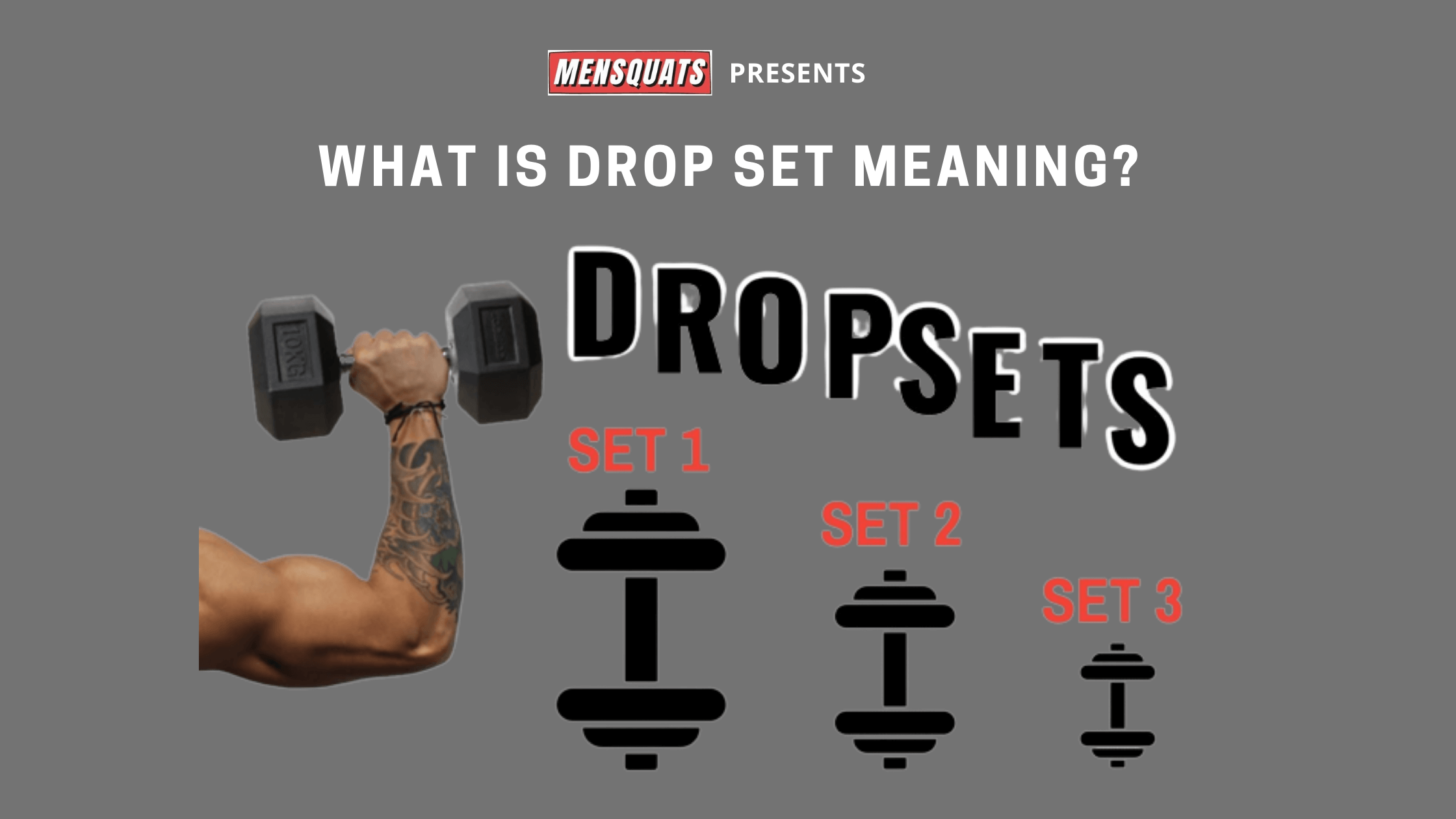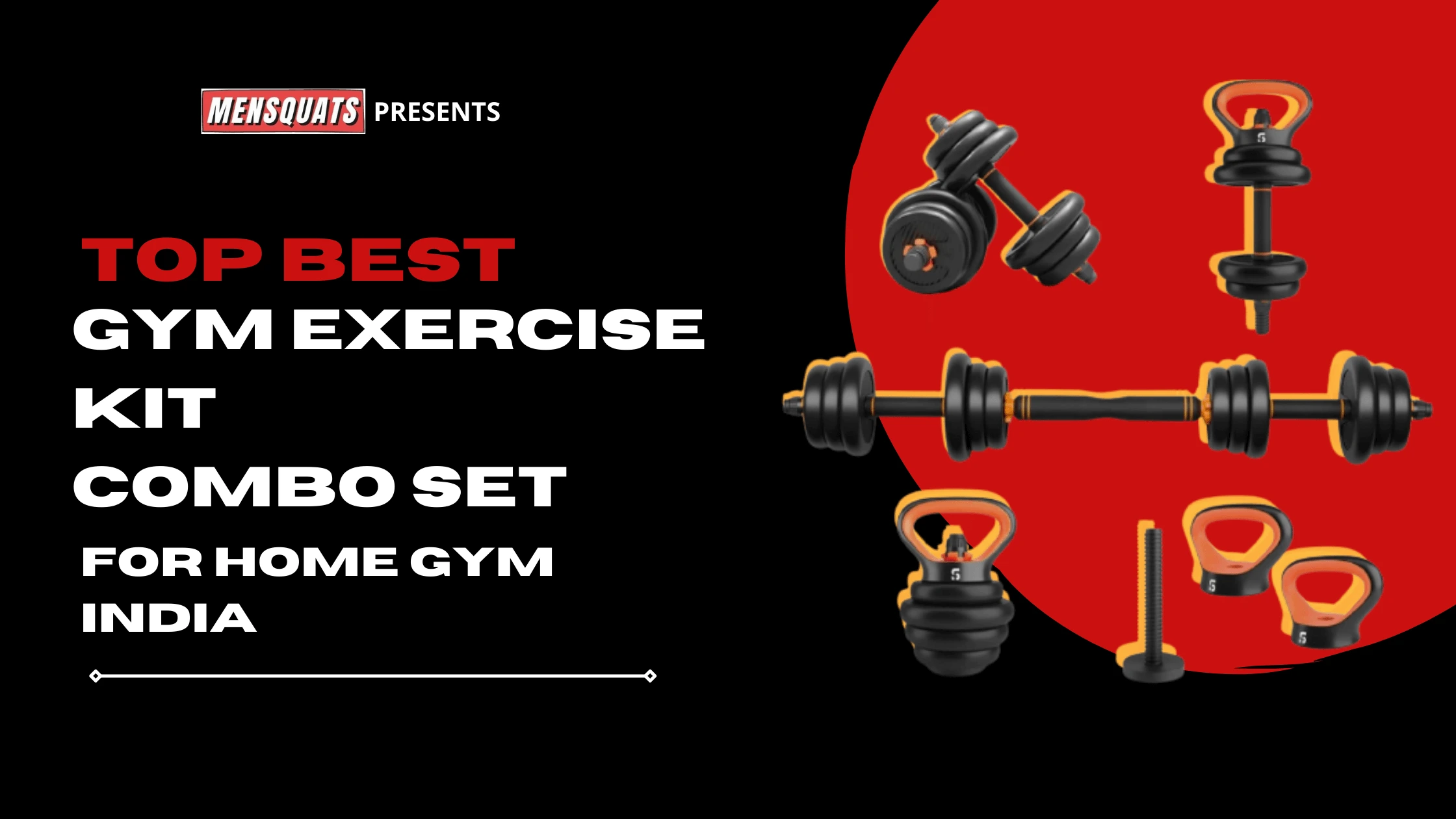Treadmill guide for beginners: 5 Things to Know?
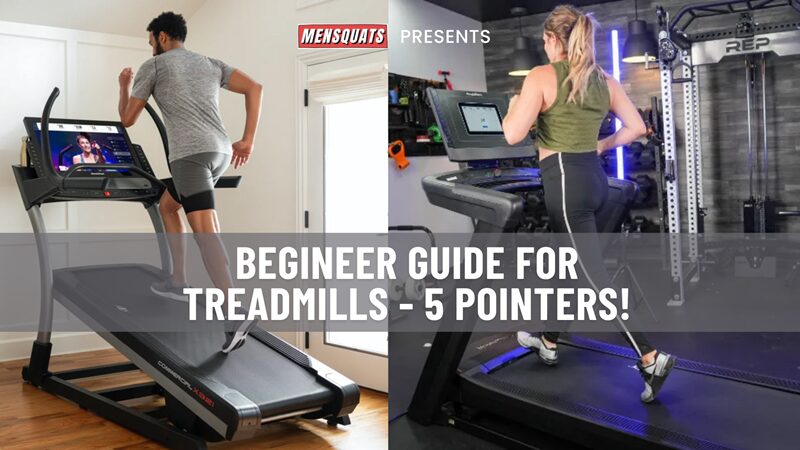
We want to go over the top five things to consider when purchasing a treadmill in this Treadmill Guide for Beginners blog. We hope this helps you cut through the clutter.
There’s a ton of information out there on the internet, and we’re going to try to declutter it for you.
Treadmill guide for beginners!
1. New vs. Used
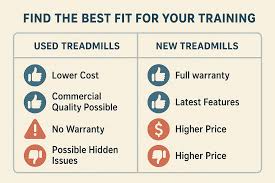
The first thing you want to consider is whether to buy new or used, and that really comes down to your budget.
You’ve got to understand the difference between value and budget, right?
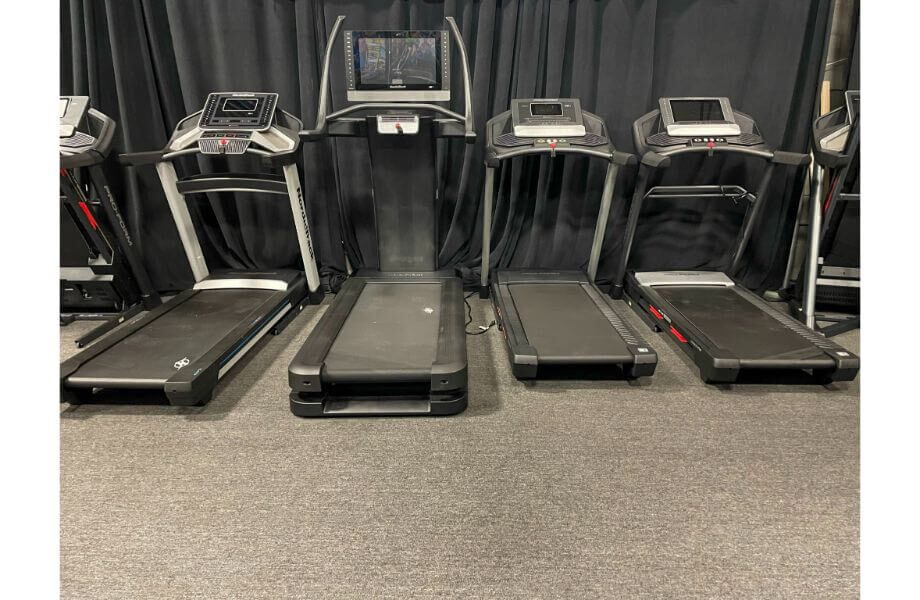
If you buy a NordicTrack 2250 at a deep discount, it might still cost $1,500 to $2,000. That’s a lot of money.
But if it was originally $3,000, then that’s a good value.
However, if your budget is $500, it doesn’t matter how big the discount is—you still won’t be able to afford it.
So again, it’s important to know the difference between value and budget.
So, what is your budget?
There are ways to stretch your budget a bit.
That said, you get what you pay for. If you don’t have much to invest, you might want to go the used route, because you’ll get a lot more machine for your money.
The downside to buying used is that there’s usually no warranty, and you often have to go into someone’s basement to pick it up—unless there’s a local retailer.
But if you buy a $400 treadmill on Amazon, don’t expect much from it—if you end up using it at all.
2. Your Space Needs
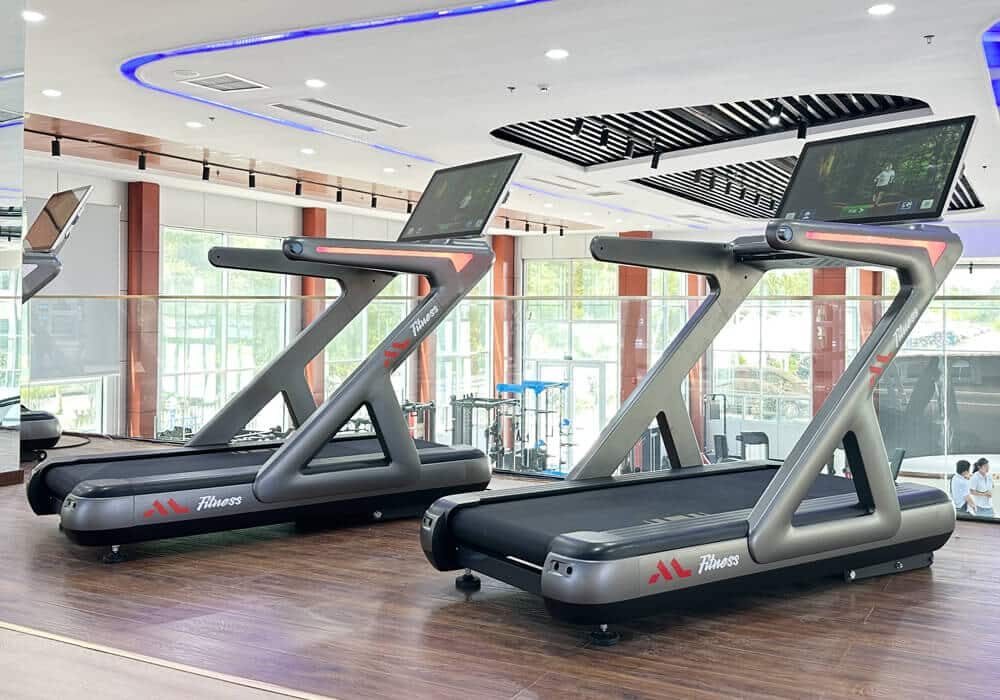
Next, consider the space where you’ll be placing the treadmill.
Where do you live? A condo, apartment, or a house? What’s your ceiling height like?
Older homes often have lower ceilings. And nowadays, incline trainers are popular—but those machines can raise your height during use.
So make sure you have enough vertical clearance to use the full range of the treadmill.
If you’re in an apartment or condo, you might want to switch it up to a low-impact cardio piece.
We’ve had customers return machines due to complaints from neighbours—noise, impact, vibration, etc. It can be a bad situation.
Also, in shared buildings, you often have to work out only during certain hours, which defeats the purpose. The whole point of buying a treadmill is so you can work out when you want—even if it’s 3:00 a.m.
3. Who Will Be Using It?
Who’s going to be using this treadmill?
Is it just you? Your whole family? What are you planning to do on it?
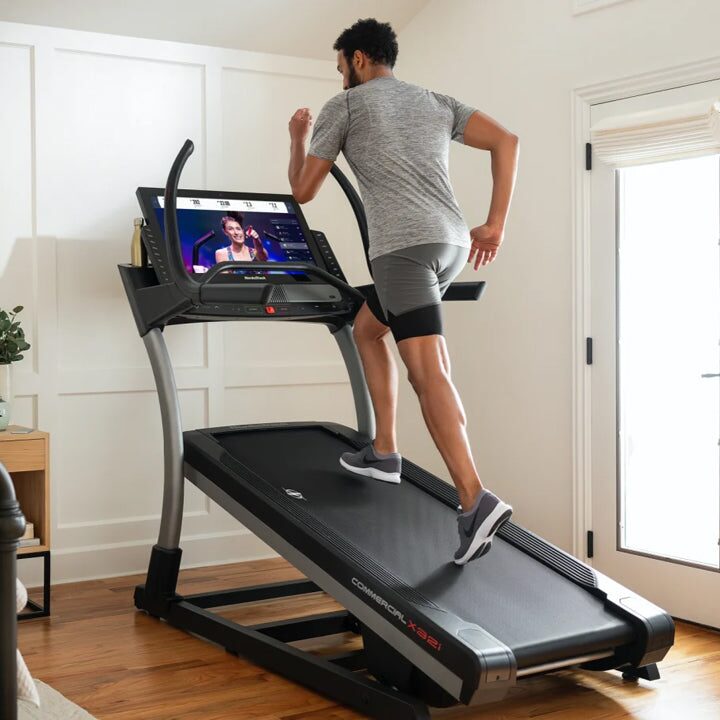
Let’s say you’re in your 60s and you just want to walk at 3 mph. You probably don’t need to buy an Incline Trainer X32i, right?
If you’re just walking, get something basic that meets your needs.
Now here’s something a lot of people don’t realise: walking can be harder on the treadmill’s motor than running.
Why? Because walkers strike the belt more frequently. It’s more wear on the motor and controller.
Runners, on the other hand, put more force on the belt and deck, but with less frequent impact.
If you’re a runner, don’t buy a walking machine with a short running surface. Get something longer, with a stronger frame and thicker materials.
It’s best to try machines out—but that’s getting harder these days since most people buy online, and stores carry less inventory.
That’s where speciality retailers come in—though it’s a dying breed. If you’re a runner and can find a speciality store, go there. Test the machines. Feel the differences.
Some treadmills have a bouncy, trampoline feel, while others are too stiff. Try them out live before you buy.
If you can’t try machines in person, rely on Reddit. Get into the r/treadmills subreddit. Ask questions or search for people with similar goals. Learn what worked—and didn’t—for them.
We all know online reviews can be fake. Some are filtered, and some companies give away products for five-star reviews.
Reddit can help you find the real stories.
4. What Are Your Goals?
This ties into the electronics conversation.
Honestly, we recommend keeping it simple. The more electronics you add (streaming apps, giant screens, etc.), the more things can go wrong.
A lot of these big displays—up to 22″—are taking away budget and engineering from the actual treadmill. You end up buying a fancy TV that just so happens to have a treadmill under it.
We get it—people want distractions, like virtual training apps, which do work. But they can cause a lot of issues.
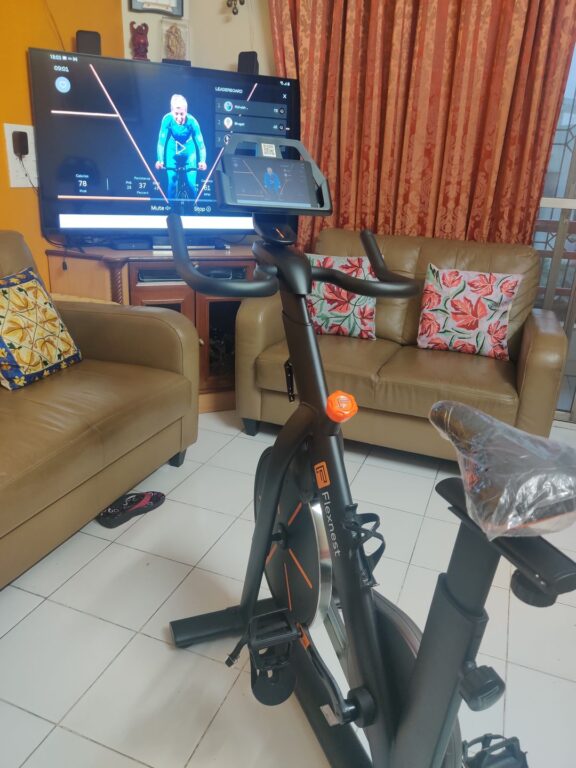
We think FLEXNEST did a great job with the bike. We’re not as sure about the treadmill. But yes, people do like being pushed in a virtual, competitive environment.
Just know that you’re trading off simplicity and reliability for features and distractions.
At the end of the day, it all comes down to heart rate training.
We have videos on zone training and interval training that show you how to train using heart rate—because that’s what really drives results.
So, consider your goals. Are you training for endurance? Weight loss? Rehab? That will guide your treadmill choice.
5. Delivery and Installation
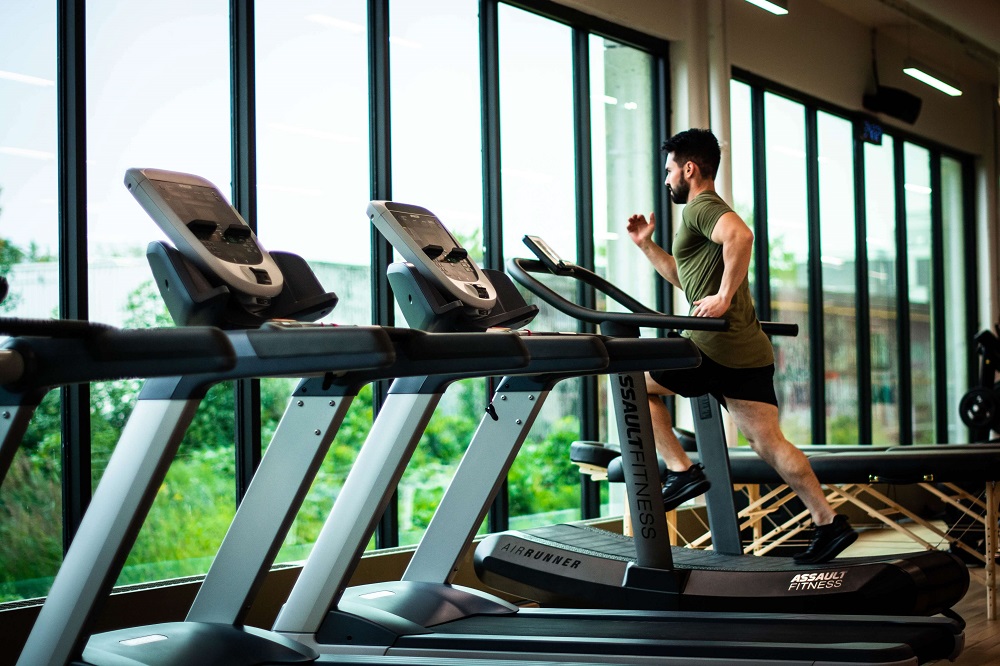
Last—but super important—how are you getting this into your home?
Is it going upstairs, downstairs, into an elevator? Whatever the case, it has to get in and be built.
You’ll need a pickup truck and two to three strong people if you’re doing it yourself—though that’s the least popular option.
Most credible retailers (including us) partner with bonded and insured installation providers, and that’s usually your best bet.
Still, we recommend you watch the installation process.
Yes, the installers might get annoyed, but make sure they’re not pinching cables or stripping bolts.
We’ve seen so many cases where a mint-condition machine gets installed incorrectly, and then we get calls like, “This thing doesn’t work!”
So get it professionally installed, and watch carefully.
Avoid damaging your home, back, or wallet.
Wrap-Up
That’s it for today! If you found “what to look for when buying a treadmill for home” helpful, please like and share this blog—it really helps the blog, and we appreciate it.
Also, read our other blogs –
1. 13 Crucial Things About Buying A Treadmill?
2. Best Treadmills Under $1000 in USA


